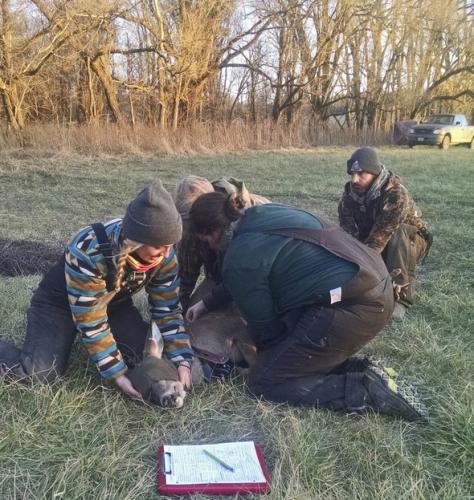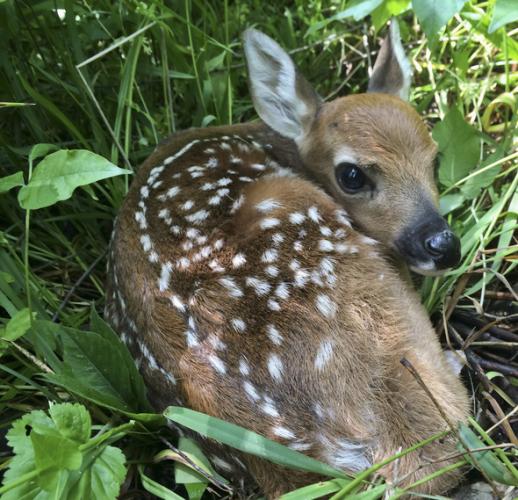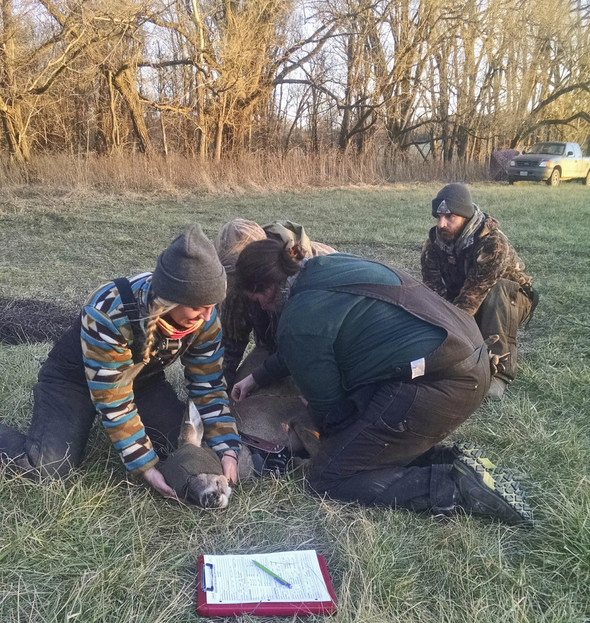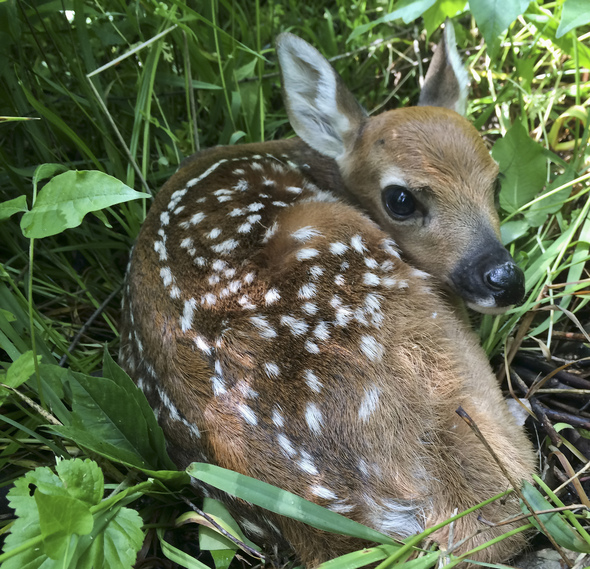
Xplor reconnects kids to nature and helps them find adventure in their own backyard. Free to residents of Missouri.


































Stay in Touch with MDC news, newsletters, events, and manage your subscription

Xplor reconnects kids to nature and helps them find adventure in their own backyard. Free to residents of Missouri.

A monthly publication about conservation in Missouri. Started in 1938, the printed magazine is free to residents of Missouri.




St. Joseph, Mo. – A five-year program to trap, track and study white-tailed deer in Missouri’s northwest and Ozark regions has passed the halfway point. Biologists from the Missouri Department of Conservation (MDC) and the University of Missouri-Columbia (MU) recently completed the third winter trapping season to catch deer, put tracking collars on them and release them back to the wild. Next step will be locating fawns born in May and June.
The information gathered from the study of deer movement, health and population trends will be used to help guide deer management decisions in future years. Counties in northwest and Ozark regions were chosen because they represent the most typical land uses throughout the state. Private landowners are a key partner in the study, as 93 percent of the state’s acreage is privately owned. White-tailed deer are among Missouri’s most popular watchable wildlife, and deer hunting provides food, outdoor recreation and a $1 billion boost the state’s economy.
“We’ve had a lot of interest in the study among the people of Missouri,” said Jon McRoberts, MU research scientist and project coordinator. “We’ve received tremendous cooperation from landowners. We’ve worked with more than 300 landowners. It’s been overwhelmingly positive.”
MDC staff and MU employees use traps and rocket nets to catch deer. Crews collect data about deer sex, size and age. Blood samples are taken. The deer are then outfitted with GPS collars that communicate with satellites, and that data is downloaded to research computers. More than 600,000 data points are now recorded. That data will be used to track variances in distances deer travel and what types of habitat they prefer in what seasons.
Hunters are encouraged to harvest deer with collars during the hunting season, if it is one they would normally and legally take. Hunter harvest is part of the study of deer survival, along with mortality by natural causes or vehicle accidents.
“If we want to know what the survival percentage of yearling bucks is during the winter months, now we’ll be able to answer that question,” McRoberts said.
MDC has long conducted studies and collected annual data on white-tailed deer. But this study updates information and trends for the state’s deer herd. Modern technology is making deer research more comprehensive.
Researchers use ultrasound equipment and a blood test to determine if a trapped doe is pregnant. If the doe is pregnant, a vaginal implant transmitter is inserted. This transmitter sends a radio signal that crew members can pick up with a receiver. The signal tells crews when a deer is about to give birth and when a fawn has been born, typically in May or June. Crews then walk the fields or woods and find the fawn, take its measurements, and give it a tracking collar.
This was the most successful capture and collar season yet for research crews, said Kevyn Wiskirchen, MDC private lands deer biologist. Crews put tracking collars on 47 bucks and 23 does in northwest Missouri. In the Ozarks, they collared 43 bucks and 26 does. Some deer trapped in prior years are alive with active transmitting collars. Batteries in the transmitters hold power for two to three years. Statewide, the tally this spring for all deer wearing collars includes 103 bucks and 101 does.
“Thus far, deer in both regions are showing a variety of movement patterns,” Wiskirchen said. “Some deer barely move while others travel a wide area.”
The target areas for the study include parts of Douglass, Howell, Texas and Wright counties in the Ozarks, and portions of Nodaway, Gentry, Andrew and DeKalb counties in northwest Missouri. When the study concludes researchers will analyze the data and develop population models to use in future management decisions for the state’s deer herd.
“It’s going to be a really nice data set to work with and will give us very good information,” Wiskirchen said.
For more information about deer in Missouri, visit http://on.mo.gov/2pGjPPg. For more information about the deer study contact Jon McRoberts at McRobertsj@missouri.edu.